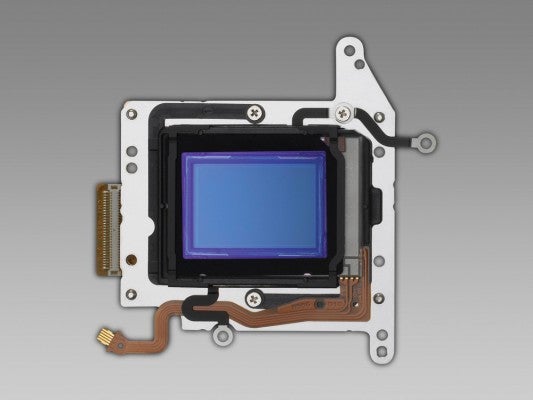What's a low pass filter, and what's it doing in your camera? Matt explains all in his guide to low pass filters...
Light hitting a sensor is perhaps the most basic way to understand how a DSLR captures an image, but there are a few intermediate steps which are necessary to understand the concept in more depth. With the lens, for example, its internal construction, any specifically designed elements, and what coatings are applied are just three factors that influence how an image turns out. With a DSLR, however, its construction also takes into account one or more low-pass filters, which sit in front of the sensor.
The role of a low pass filter is to limit the frequency at which it is able to transmit lightwaves. It lets the lowest-frequency waves through and cuts off the highest, effectively reducing the amount of detail let through to the sensor. While this may sound like the antithesis to digital imaging, it exists for a number of reasons. First, there is only a finite amount of detail any sensor can resolve, so if the finest detail is beyond this capability then it can superimpose itself over adjacent detail. This is particularly noticeable in repetitive patterns, resulting in a coloured effect known as moiré.
By using a low pass filter, the sensor resolves marginally less detail and so gets round this problem, which can then go on to be sharpened by either the camera’s own processing or by the user. Another application of this process is to address the problem of aliasing, when subject matter exhibits jagged edges due to the grid-like construction of a sensor. Two instances where this tends to occur are with circular objects and diagonal lines, which both go against the ‘grain’ of the sensor. Again, letting slightly less detail through allows these edges to be smoothed out.
Low pass filters also have another use, which is to prevent dust from reaching the sensor. With some systems, the filter itself is vibrated to dislodge any dust that may have got into the camera, and most also feature an anti-static coating to discourage dust from adhering in the first instance.
As with most things this technology never stands still, and Canon’s recent EOS 50D and 5D Mark II models debuted the use of a fluorine coating on each of the camera’s low pass filters. Fluorine is already used in Canon’s professional series of lenses, though it is also claimed to offer better dust resistance when used in this way.





